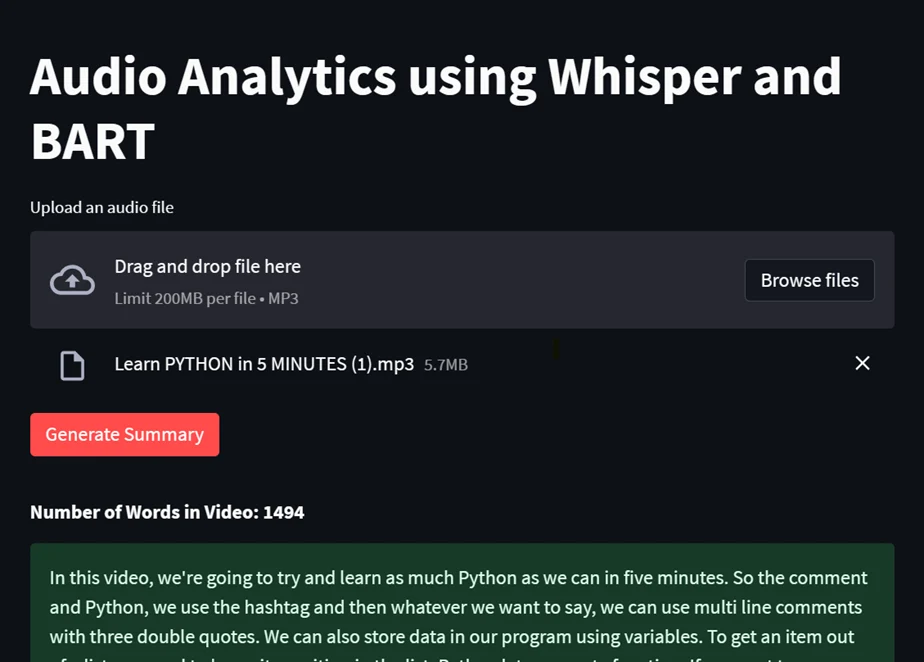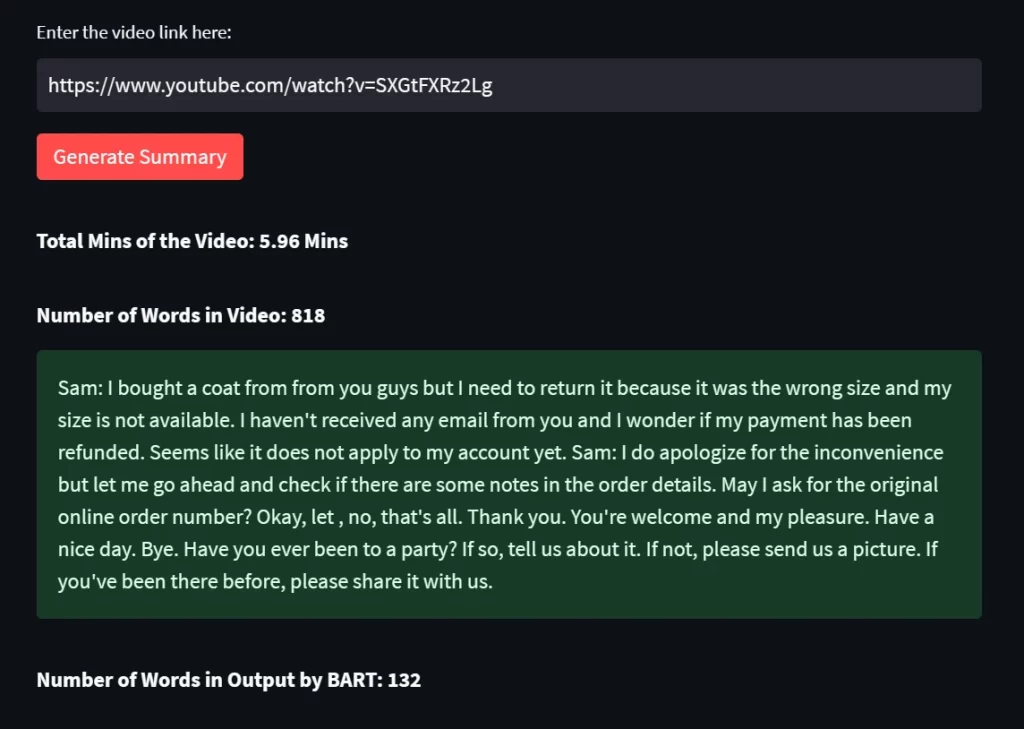Ever feel overwhelmed by the avalanche of audio content bombarding you daily? Podcasts pile up, meeting recordings linger in your inbox, and that fascinating lecture you missed is trapped in a video file. The sheer volume of spoken information can be paralyzing, leaving you yearning for a way to capture its essence without drowning in the details. Well, there’s a way. OpenAI’s Whisper can instantly transcribe any audio file with pinpoint accuracy and generate concise summaries of hour-long audio files, extracting the key points with effortless ease.
Whisper: An Open AI Model for Text-to-Speech Conversion
Whisper’s strength lies in its advanced neural network architecture and access to a massive dataset of diverse audio and text. This translates into several key features:
- Multilingual Capabilities: Break down language barriers and analyze content in numerous languages, from casual conversations to technical jargon.
- Transcription Accuracy: Minimize errors and ensure near-flawless transcripts, ideal for research, legal proceedings, and accessibility purposes.
- Domain Adaptability: Accurately transcribe lectures, interviews, and even technical recordings with high fidelity.
How It Works
Whisper utilizes the Transformer architecture, a neural network with attention mechanisms for learning relationships between input and output sequences. It comprises two key components: an encoder and a decoder.
The encoder processes audio input, converting it into 30-second chunks, transforming it into a log-Mel spectrogram, and encoding it into hidden vectors.
The decoder takes these vectors and predicts the corresponding text output. It employs special tokens for various tasks like language identification, phrase-level timestamps, multilingual speech transcription, and to-English speech translation.
Why It Is Better
Whisper has several advantages over existing TTS (Text-to-speech) systems.
- Trained on a diverse dataset of 680,000 hours of audio and text, covering various domains, accents, background noises, and technical languages.
- Handles multiple languages and tasks with a single model, automatically identifying the language of input audio and switching tasks accordingly.
- Demonstrates high accuracy and performance in speech recognition, outperforming specialized models on diverse datasets.
A Sample Application (Audio to Text Summarization using Whisper and BART)
We implemented the Whisper Model to transcribe and summarize video/audio content using OpenAI’s BART summarization models. This functionality can be invaluable for transcribing meeting notes, call recordings, or any videos/audio, saving considerable time.
Approach:
- Develop UI using Streamlit, providing a YouTube URL as input.
- Use Pytube to extract audio from the video file.
- Use the Whisper model to transcribe the audio into text.
- Use the BartTokenizer/TextDavinci Model to segment the text into chunks.
- Use the Bart Model to summarize the chunks and generate an output.
Sample output:
1. a)

1. b)

Limitations of Whisper
While Whisper is a powerful audio analytics solution, it has some limitations:
- Works better on GPU machines.
- Hallucinations may occur during extended audio silence, confusing the decoder.
- Limited to processing 30 seconds of audio at a time.
Use Cases Across Industries
Whisper’s applications extend far beyond simple transcription. Here are just a few examples:
- Transcription Services: Businesses can leverage Whisper’s API to offer fast, accurate, and cost-effective transcriptions in various languages, catering to a diverse clientele.
- Language Learning: Practice your accent refinement by comparing your speech to Whisper’s flawless outputs.
- Customer Service: Analyze customer calls in real time, understand their needs, and improve service based on their feedback.
- Market Research: Gather real-time feedback from customer interviews, focus groups, and social media mentions, extracting valuable insights that inform product development and marketing strategies.
- Voice-based Search: Develop innovative voice-activated search engines that understand and respond to users in multiple languages.
Conclusion:
OpenAI’s Whisper represents a significant leap forward in audio understanding, empowering individuals and businesses to unlock the wealth of information embedded within spoken words. With its unparalleled accuracy, multilingual capabilities, and diverse applications, Whisper can reshape how we interact with and extract value from audio content.



